Movie Review - Tales from Earthsea
 Tales from Earthsea
Tales from Earthsea
Based on the book by Ursula K. Le Guin
Starring: Brian George, Susanne Blakeslee, Kat Cressida, Matt Levin, Timothy Dalton, Cheech Marin, Jess Harnell, Blaire Restaneo, Willem Dafoe, and Mariska Hargitay
Release Date: July 29th, 2006
Rating: ★★
To Buy
The balance of the world is out of order, even the majestic dragons are killing each other. Young Prince Arren, driven by some unknown force, kills his father the King. Taking his father's sword he flees. On his desperate journey he runs into the Archmage Sparrowhawk who is on his own journey. Sparrowhawk has felt the world going out of kilter and has gone in search of the source of this wrongness. Sparrowhawk invites young Arren to travel with him. They encounter village after village destroyed, farmhouses burned and crops gone to seed. In Hort Town they finally find some kind of life, people wasting theirs taking the drug Hazia and slavers scouring the town for merchandise. Arren rescues a young girl from the slavers, but he incurs their wrath and when they find him asleep on the shore they enslave him. After being rescued by Sparrowhawk the two journey to the farmstead of Tenar, an old friend of Sparrowhawk's. There Arren meets the girl he rescued, Therru is the ward of Tenar. On the farm Arren is given time to heal from his ordeal while helping Tenar with the chores. But Sparrowhawk's mission isn't completed and soon it becomes apparent that Arren's ordeals are connected to the chaos in the world which now has a name, thanks to the slavers who work for him. The wizard Cob is destabilizing Earthsea in his quest for eternal life. Will the young Prince be able to make amends for the wrongs he has committed by stopping Cob? Or is all Earthsea doomed?
From the title of this movie I assumed that the plot would be taken from Le Guin's fifth Earthsea book, Tales from Earthsea. Well, you know what they saying about assuming things... because I was very wrong. Instead this is a weird amalgamation of the third and forth books in the Earthsea cycle, The Farthest Shore and Tehanu, without really ever being either of those books or it's own story. It doesn't really have it's own identity, feeling so piecemealed that a cohesive whole is hoping for way more than this film has to offer. I seriously don't understand what it is about Le Guin's Earthsea cycle that leaves it so hard to adapt. Each of the two adaptations has gotten key elements wrong, mainly whitewashing all the characters, which seriously baffles me in this instance because this wasn't made by white males this time around. But at least the Sci-Fi channel's adaptation was able to stand on it's own, being so different as to embrace those differences and create it's own mythology. Here there's so much actual mythology from Earthsea jammed incoherently into the story that I just can't even. I mean sometimes the dialogue doesn't actually make any sense. And as for Disney releasing it... I was raised on early eighties "children's" films, so I know violence, but OMG, the violence in this is so random and brutal and I don't think they ever really addressed the whole "slavery is evil" issue. Apparently it's the first and only PG-13 animated film Disney has ever distributed. Tales from Earthsea, the film, is just wrong on almost too many levels to count.
But apparently this production was plagued from the beginning. My brother informed me that while this is a Studio Ghibli film it wasn't done by Hayao Miyazaki, but his son Gorō and thus did the drama begin. Hayao had for years and years been wanting to adapt Le Guin's Earthsea cycle and had always been denied. Only after winning an Oscar for Spirited Away did Le Guin give her permission. Permission given which I think she later regretted despite claiming to like the end product though admitting that it wasn't in the least like her book. I'm not surprised in her being disappointed. Hayao, being too busy working on Howl's Moving Castle, the studio decided to let his son Gorō direct this as his first film. A move which his father not only disapproved of but actively argued against. So whether it was this tension or his inexperience, Le Guin's world didn't get the treatment it deserved and instead we are left wondering what might have been. As for the American release... I never really envisioned Sparrowhawk as say Timothy Dalton, because, you know, whitewashing, and his voice is almost too regal, he doesn't sound like he's ever shepherded goats. As for Willem Dafoe, yes, he's the perfect voice actor for villains, but the lackluster feeling of the film seeped into his performance. It felt like he read the lines in one take and that's all she wrote. In fact by the end of the film it's like all people involved had given up any hope for it, what with the closing theme song not being redone in English or even subtitled. I don't think they expected anyone to make it to the end.
What I hoped would redeem any lack in plot would be visual splendor. Because there's one thing that is "usually" a given with Studio Ghibli films and that's impactful imagery that will be on shirts and dorm rooms for years to come. The problem is that it's just not. The imagery is never it's own, it always feels so referential to specific things that all I did was think over and over again about those specific references while realizing how much better they were. The look was literally Legend meets Labyrinth meets The Addams Family meets Gummi Bears. You might laugh a bit at the Gummi Bears one while admitting the validity of the others, but seriously, the entrance to the castle is completely the entrance to Castle Dunwyn. Especially as depicted in my Colorforms play set. And also I REALLY need to watch Legend again, it's been too long. Aside from these specific filmic references the overall look the film went for is Persian. Which baffles me. You whitewash the characters and strip any racial identity that is in the books and give them a new one? What!?! And the thing is, I'm a really harsh judge when it comes to this because of my love of Kaoru Mori's meticulous and magnificent Manga series A Bride's Story. So if you're looking for racial confusion and memories of better films, you can't go wrong with this here film.
Unless you like strong women. Because, this is seriously a deal breaker. The strong, independent, and frankly amazing characters of Tenar and Therru her become nothing more than characters that have one purpose, to serve in advancing the stories of the men. Because obviously the only purpose of having women be in a film or story is to prop up the male narratives. Can you hear that growling? Oh wait, that's me. And it's not my stomach. It might partially be my teeth grinding, but there are other reasons too. The women get captured and get endangered and need men to rescue them. Tenar didn't escape from the Tombs on her own, rescuing Sparrowhawk whom she help prisoner. Oh no, she was the prisoner rescued, who must AGAIN be rescued as she has become a lure for Cob to trap Sparrowhawk. Oh, poor women. The scene when Sparrowhawk and Arren do all the work at the farm because the poor womenfolk wouldn't have gotten along unless they showed up!?! WTF!?! How are they running this farm then without the help of these men the rest of the year? I'm surprised that at this point Le Guin didn't ask for all association with the film to be severed. First the whitewashing and now the sexism! If there's any sexism in her books it's to show the plight of these strong and independent women! Who can run farms on their own! But the scene that made me want to spit fire? When Therru finally turns into a dragon the moment of majestic beauty is take away from her as it's given to Arren who rides her. HE FREAKIN' RIDES HER!
And buried, somewhere within the film, they tried to comment on the duality of humans with Therru and Arren. But instead of focusing on the more obvious with Therru being a freakin' dragon as well as a little girl, they go this weird ambiguous route that I'm still not sure I grasp. Somehow Arren was split in half either by killing his father or by the evil that plagues Earthsea. He now has a "light" and a "dark" side. The dark is all, well, it's the Arren we see most of, broody and boring. The light side appears to be trying to kill Arren, which makes no sense because it's the light side. Good should be trying to help evil not kill it, right? Or you know, integrate it somehow? Bring the two halves into one whole? The sloppily handled duality is just there and baffling. I really don't get what it's point is, was, or will be. It's like they were searching for some higher meaning and instead of taking meaning from the books they made their own half-assed mythology about splitting a human into light and dark and seriously, if it's beyond me I'm thinking a kid wouldn't get it either. But then Tales from Earthsea is continually taking these little bits and pieces from the books that in the context of the books make sense, but here are just baffling. Why does Therru knowing Arren's real name supersede the power of Cob knowing it? Why do they just explain the whole people can be dragons as quick backstory to a mural? Why is Therru made into a whiny stomp your feet girl? I guess I'll forever be wondering why.




















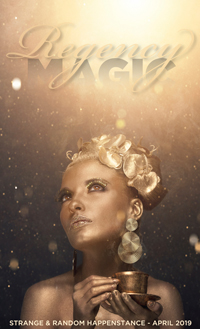
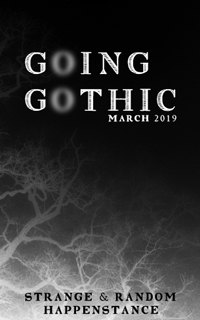
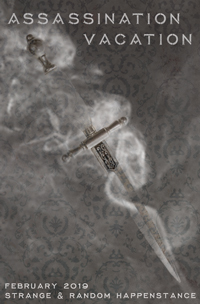
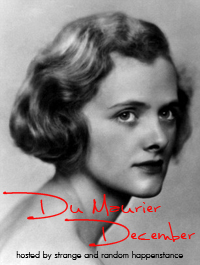
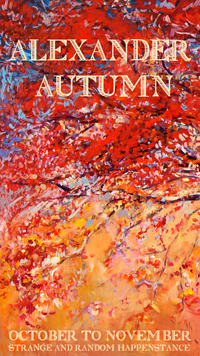
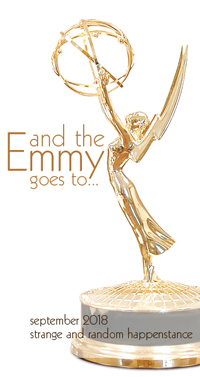

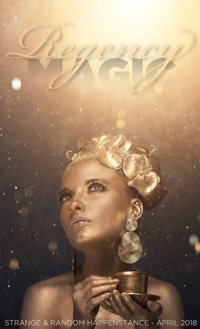


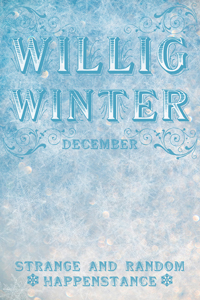

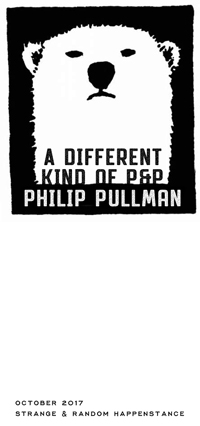


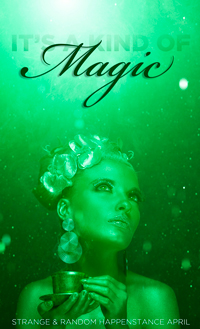
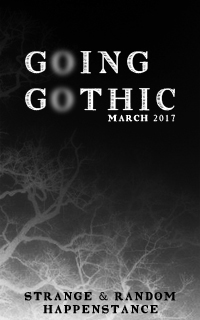

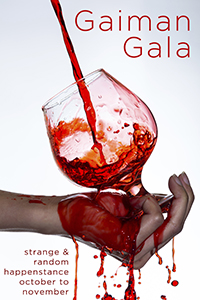
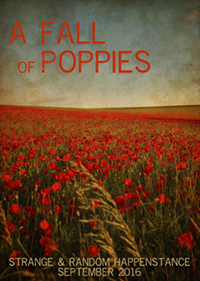

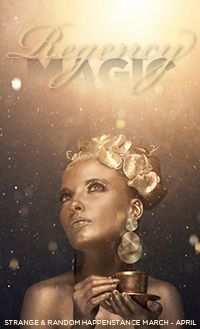

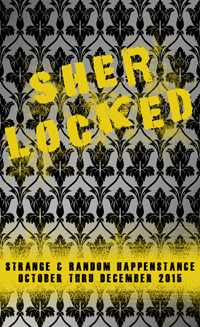
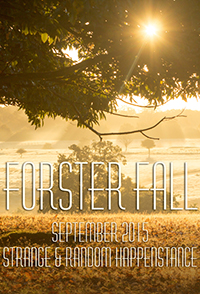

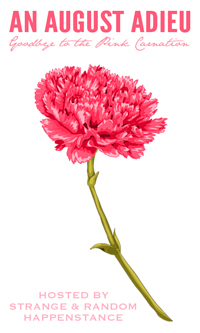

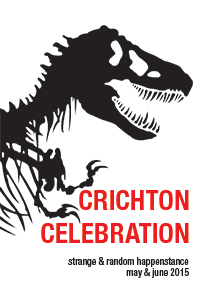


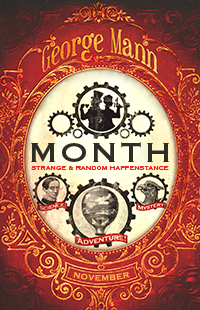

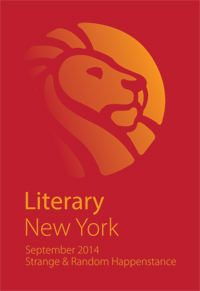
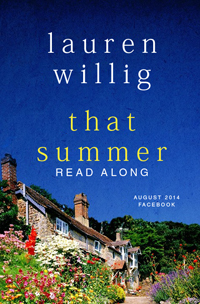



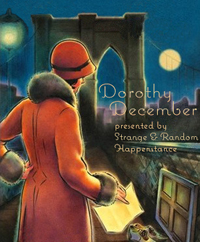

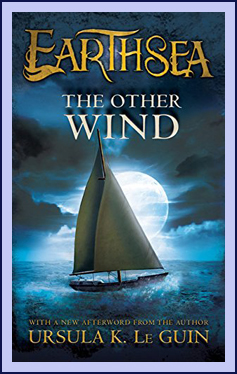 The Other Wind by Ursula K. Le Guin
The Other Wind by Ursula K. Le Guin Within the Sanctuary of Wings by Marie Brennan
Within the Sanctuary of Wings by Marie Brennan The Witchfinder's Sister by Beth Underdown
The Witchfinder's Sister by Beth Underdown The Librarians and The Mother Goose Chase by Greg Cox
The Librarians and The Mother Goose Chase by Greg Cox The Second Bride by Katharine Swartz
The Second Bride by Katharine Swartz Tales from Earthsea by Ursula K. Le Guin
Tales from Earthsea by Ursula K. Le Guin Tehanu by Ursula K. Le Guin
Tehanu by Ursula K. Le Guin Cold Earth by Ann Cleeves
Cold Earth by Ann Cleeves A Line Made by Walking by Sara Baume
A Line Made by Walking by Sara Baume The Walworth Beauty by Michele Roberts
The Walworth Beauty by Michele Roberts Manderley Forever by Tatiana de Rosnay
Manderley Forever by Tatiana de Rosnay Elephi: The Cat with the High IQ by Jean Stafford
Elephi: The Cat with the High IQ by Jean Stafford The Farthest Shore by Ursula K. Le Guin
The Farthest Shore by Ursula K. Le Guin
 Thrawn by Timothy Zahn
Thrawn by Timothy Zahn Cold Welcome by Elizabeth Moon
Cold Welcome by Elizabeth Moon A Twist in Time by Julie McElwain
A Twist in Time by Julie McElwain Spindle Fire by Lexa Hillyer
Spindle Fire by Lexa Hillyer Duels and Deception by Cindy Anstey
Duels and Deception by Cindy Anstey Abigale Hall by Lauren A. Forry
Abigale Hall by Lauren A. Forry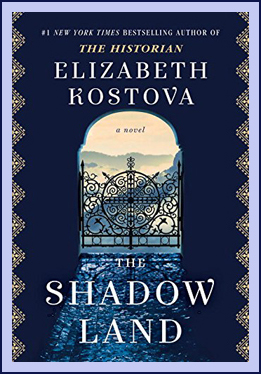 The Shadow Land by Elizabeth Kostova
The Shadow Land by Elizabeth Kostova The Night the Lights Went Out by Karen White
The Night the Lights Went Out by Karen White


















